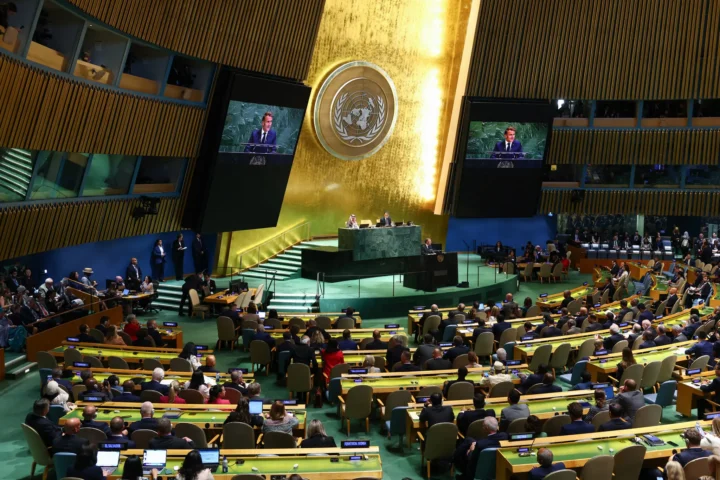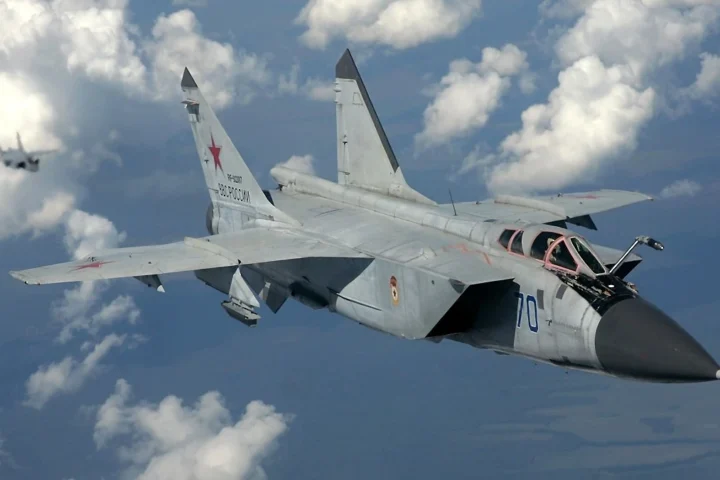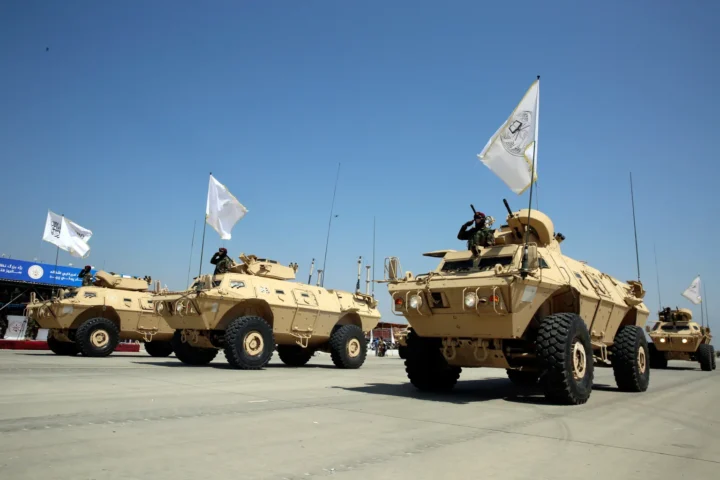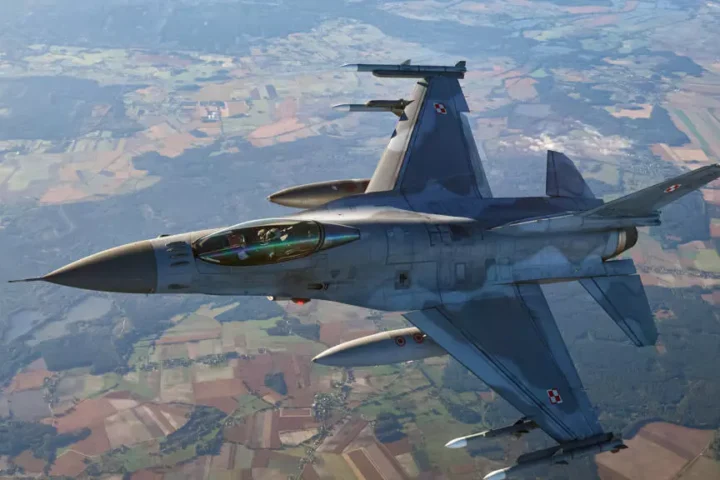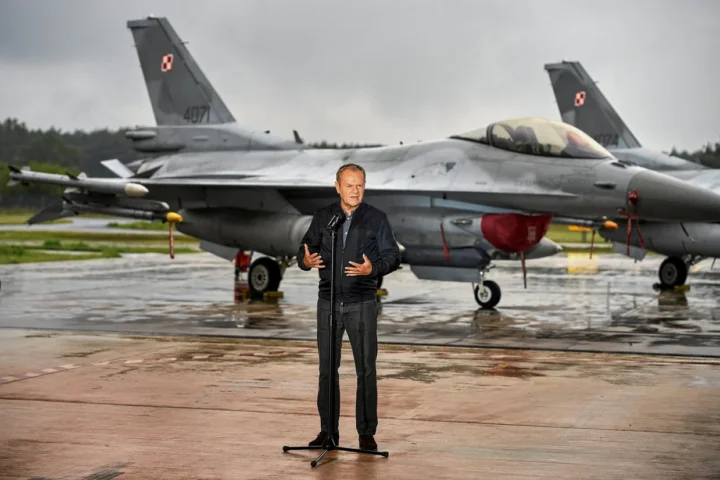After years of playing it safe on defense, Germany’s military is finally changing—both in size and in mindset. Between January and July 2025, the German armed forces saw a 28% jump in new recruits compared to the same time last year. So far, over 13,700 people have signed up. It’s a sign that Germany is starting to take its role in Europe’s defense seriously.
This isn’t random. It’s part of a focused plan to modernize and grow the military in response to new threats, rising NATO demands, and a public that’s starting to accept that Europe can’t stay on cruise control in a shaky world.
Right now, Germany’s army has around 183,000 troops. The goal: push that number to 260,000 by the 2030s. It would be the biggest increase since the Cold War—and a sign that Germany’s past caution on military power is starting to fade.

A Shift in Attitude and Action
For years, allies like the U.S. called out Germany for not doing enough on defense. But Russia’s invasion of Ukraine and rising threats in Eastern Europe have changed the mood. Defense isn’t taboo anymore—it’s survival.
The spike in sign-ups reflects that shift. Policy changes are fueling it. First-time visits to recruiters are up 11%. Applications are up 8%. And interest in support roles—like medics, IT, and mechanics—is up more than 30%.
Starting in 2026, all 18-year-old men will fill out a digital form to gauge their interest in military service. It’s not a draft, but it helps build a pool in case Germany ever needs to mobilize fast. Conscription ended in 2011, but officials now say being prepared is better than being caught off guard.
Where the Money’s Going
This recruitment boom follows a wave of new defense spending. Germany’s boosting its military budget year after year, thanks in part to looser debt rules. By the end of the decade, it’s expected to hit 3.5% of GDP—making Germany one of NATO’s biggest contributors.
That money isn’t just for bodies. It’s going into gear, upgraded bases, and better training sites. The goal isn’t just more troops—but a faster, smarter, and more flexible force.
Officials are also floating a new idea: voluntary national service. It would offer 6 to 12 months of paid training for young people who aren’t ready for full-time military life but want to contribute. It’s part of a bigger effort to make military service feel normal again—and to keep a trained pool ready for emergencies
The Road Won’t Be Easy
Still, signing people up is only half the job. Training, keeping, and supporting them is the real test—and years of underfunding have made that harder.
Germany also has legal and cultural hurdles. Unlike some allies, it doesn’t keep a database of who’s fit to serve. Privacy laws and job protections make it tough to track down veterans or reach older recruits.
And while public support is growing, it’s still fragile. Germany’s post-WWII identity leaned heavily on peace and diplomacy. Changing that takes more than cash and ads—it takes a full-on national conversation about what defense means today.
More Than Just Germany’s Fight
This isn’t just about Germany. NATO is shifting—focusing more on speed, readiness, and deterrence. Germany, with its central spot and strong economy, could become the alliance’s backbone in Europe.
The 28% jump in recruitment is just the start. If Germany keeps this up, fixes what’s broken, and brings the public along, it might finally become the military force its allies have hoped for—and that Europe now urgently needs.



